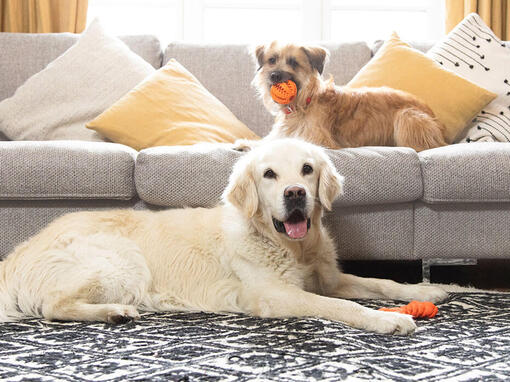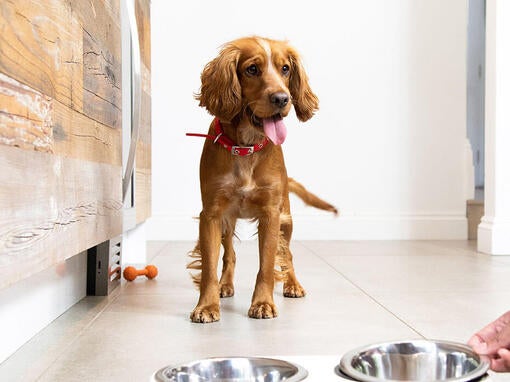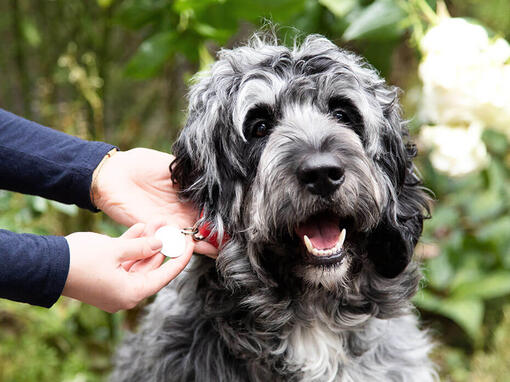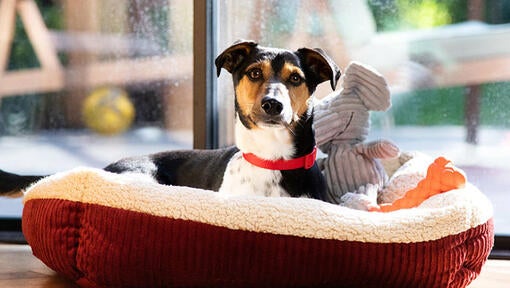- Dog suitable for non-experienced owners
- Basic training required
- Enjoys active walks
- Enjoys walking one to two hours a day
- Small dog
- Some drool
- Requires grooming once a week
- Non hypoallergenic breed
- Very vocal dog
- Guard dog. Barks and alerts
- May require training to live with other pets
- May require training to live with kids









